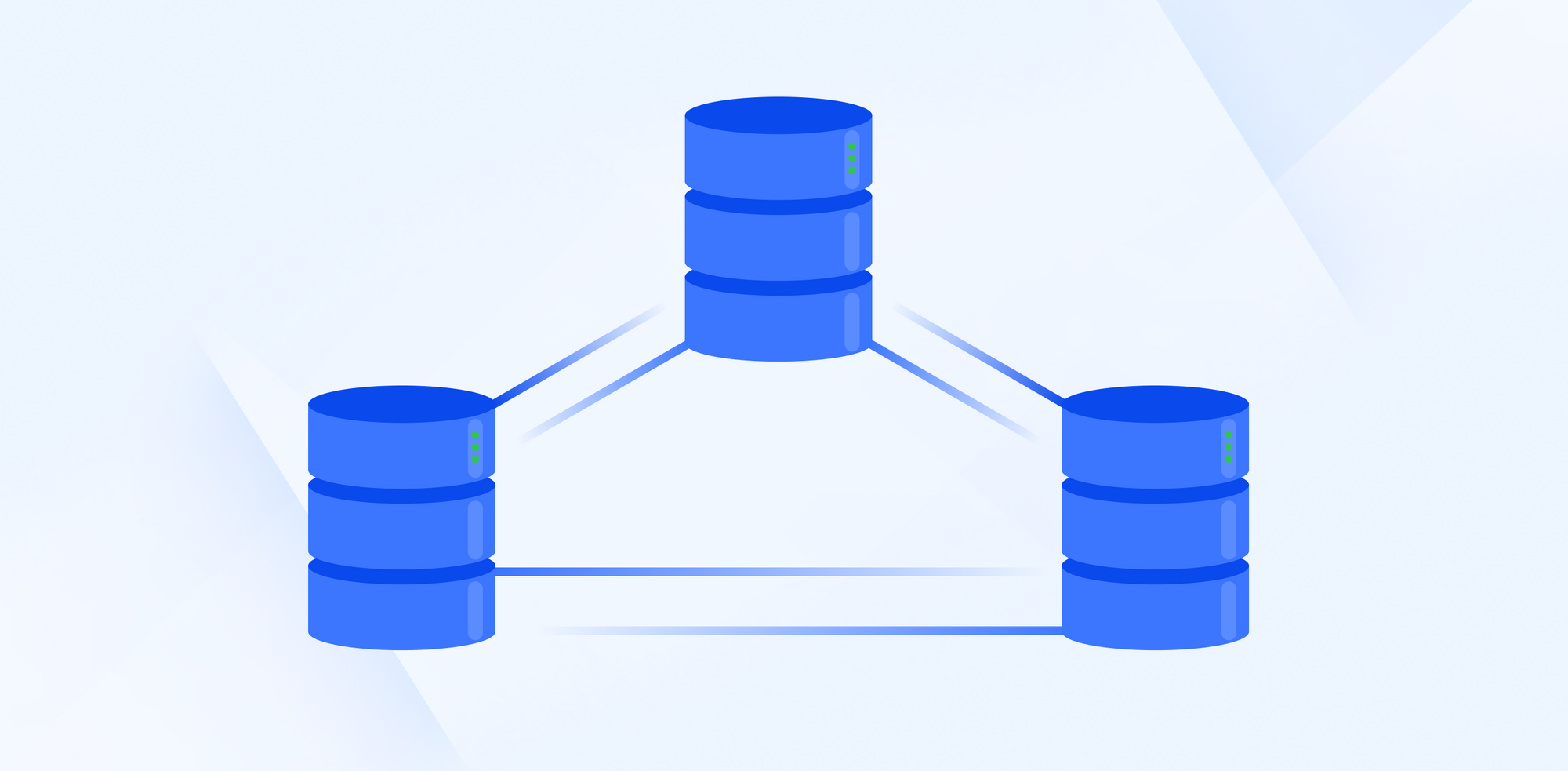What is Redundancy? Protecting the Cloud (And Your Data) From Total Disaster

Redundancy is a concept that is often used in the digital world, but what does it mean?
Here, we will explore the definition of redundancy, the benefits it offers, the various types of redundancy, how to implement redundancy in computing, redundancy systems and technologies, how to protect the cloud from natural disasters, and the benefits and drawbacks of redundancy.
By the end of this article, you will have a better understanding of what redundancy is and how it can be beneficial to your business. You might even start using the word “redundant” more often in everyday speech.
What is Redundancy?
Redundancy is simply the duplication of data or information. It is a way of ensuring that your data is backed up and stored in multiple places to help protect it against loss or damage. Well-designed redundancy can also help to protect against natural disasters and other unforeseen events. Redundancy is also known as fault tolerance, data availability, or backup.
When it comes to computing, redundancy can refer to physical or virtual systems that are used to store data and/or applications. This can include servers, storage devices, networks, or online applications or services.
It is important to note that redundancy does not guarantee that data is always available or that applications are always running. It simply helps to improve the availability of data and applications by providing multiple copies of the same data and applications.
The Benefits of Redundancy
There are several benefits to implementing redundancy in your computing environment. These benefits include:
Increased resilience
Redundancy helps to ensure that your data and applications are always available, even in the event of an outage or disaster.
Improved reliability
By having multiple copies of your data and applications stored in multiple places, you can be sure that your data is always available and accessible.
Cost savings
Redundancy can help to reduce costs associated with outages and disasters by providing a backup system that can be used in the event of an emergency.
Improved performance
By having multiple copies of your data and applications stored in multiple places, you can benefit from improved performance as the data and applications can be accessed faster.
Increased security
Redundancy also helps to improve security by preventing data loss and unauthorized access.
Types of Redundancy
When it comes to redundancy, there are four major, different types that can be implemented:
- Data Redundancy: This type of redundancy involves creating copies of data and storing them in multiple places.
- System Redundancy: This type of redundancy involves having multiple copies of systems, such as servers, networks, and storage devices.
- Application Redundancy: This type of redundancy involves having multiple copies of applications running on multiple systems.
- Network Redundancy: This type of redundancy involves having multiple copies of networks and their components, such as routers and switches.

Understanding Redundancy in Computer Science
Redundancy is an important concept in computer science and is used to ensure that data and applications are always available. It is also used to improve performance and reliability.
Redundancy is accomplished by having multiple copies of data and applications stored in multiple places. This helps to ensure that data is always available in the event of an outage or disaster.
Redundancy is implemented by creating multiple copies of data and applications and storing them on multiple systems. These systems can be physical or virtual. It is important to note that redundancy does not guarantee that data and applications are always available.
It simply helps to improve the availability of data and applications by providing multiple copies of the same data and applications.
Redundancy Systems and Technologies
There are several systems and technologies that can be used to implement redundancy. These include:
- RAID (Redundant Array of Independent Disks): RAID is a type of storage system that stores data across multiple disks. It is used to improve the performance, reliability, and availability of data.
- Data Replication: Data replication involves copying data from one system to another. It is used to improve the availability of data and applications.
- Backup and Disaster Recovery (BDR) Solutions: BDR solutions are used to create backups of data and applications and store them in multiple places. This helps to ensure that data and applications are always available, even in the event of a disaster.
- Virtualization: Virtualization is a technology that is used to create virtual machines that can run multiple copies of applications and store data in multiple places. This helps to improve the availability of data and applications.
Redundancy in Cloud Computing and Protecting the Cloud from Natural Disasters
Redundancy is also used in cloud computing to ensure that data and applications are always available. Reputable cloud providers use redundancy to ensure that data and applications are always available, even in the event of an outage or disaster.
Redundancy can be used to help protect data and applications from natural disasters. In the event of a natural disaster, it is important to have a plan in place to protect data and applications. By having multiple copies of data and applications stored in multiple places, you can ensure that data and applications are always available, even in the event of a disaster.
Cloud providers use various technologies and systems to ensure redundancy. These include RAID systems, data replication, BDR solutions, and virtualization. By using these technologies and systems, cloud providers can ensure that data and applications are always available, even in the event of an outage or disaster.
The Impact of Data Redundancy on Business Continuity
Having redundancy in place can help to ensure the continuity of your business in the event of an outage or disaster. By having multiple copies of data and applications stored in multiple places, you can ensure that data and applications are always available, even in the event of an outage or disaster.
Having redundancy in place can also help to improve the performance of your business. By having multiple copies of data and applications stored in multiple places, you can benefit from improved performance as the data and applications can be accessed faster.
Advantages and Disadvantages of Redundancy
Redundancy offers many advantages, such as increased resilience, improved reliability, cost savings, improved performance, and increased security. However, redundancy also has some disadvantages, such as the cost associated with implementing redundancy and the potential for data corruption.

Why Is Data Redundancy Important?
In conclusion, redundancy is an important concept in computing and is used to ensure that data and applications are always available. It is implemented by creating multiple copies of data and applications and storing them in multiple places.
There are several advantages to implementing redundancy, such as increased resilience, improved reliability, cost savings, improved performance, and increased security. However, there are also some disadvantages, such as the cost associated with implementing redundancy and the potential for data corruption.
Redundancy is also important when it comes to protecting data and applications from natural disasters. By having multiple copies of data and applications stored in multiple places, you can ensure that data and applications are always available, even in the event of disaster.
Redundancy can also help to improve the performance of your business and ensure the continuity of your business in case of an outage or any other unfortunate events. What to implement redundancy for yourself? Get super secure cloud storage with built-in data redundancy with Internxt!

